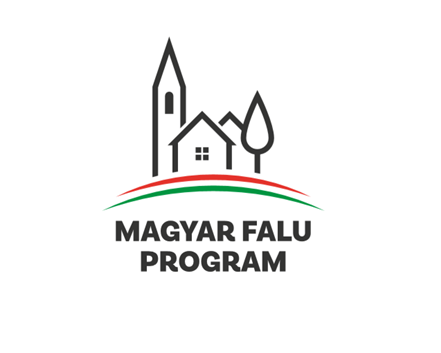Hosszúhetény
Location
Hosszúhetény lies 16 kilometers from the city of Pécs in the southern stool of Eastern Mecsek in a valley between Zengő and Hármashegy peaks. The settlement is located in a picturesque hilly landscape. Two wonderful little villages, situated up in the hills, Püspökszentlászló and Kisújbánya are also integral parts of Hosszúhetény and come under its civil administration.
Brief History
People have had their homes in this area since the Stone Age and the village must have been a remarkable settlement of Pannonia in the Roman times. This assumption is confirmed by the excavated and later re-buried ruins of a Roman villa, discovered at the outskirts of the village. The parish was first mentioned as Villa Heten in the foundation document of the Benedictine Abbey of Pécsvárad in 1015. At the time of the eviction of the Turks (late 17th century) the current name Hosszúhetény was already used.
In the old times most people cultivated land or kept domestic animals. The water of the creek “Daragó” flowing down through the middle of the village used to power 21 mills till the beginning of the last century. In 1782 coal mining started off in the Mecsek hills and from this time on many miner families settled down in the village. In the 1970s many of the Püspökszentlászló and Kisújbánya residents also moved to Hosszúhetény, due to the fact that the public utilities such as electrification, public water and sewage or a telephone cables weren’t lead up there.
Hosszúhetény name origin
The origin of the name of the village has several explanations. One of them claims that after the Hungarians settled here, it obtained the name after their leader Hetény whose headquarters were set at the foot of Zengő. (A statue of Hetény (Hetény Vezér szobra), created by Bocz Gyula, a Munkácsy award-winning sculptor, can be found in one of the village parks – in the former stone quarry in Kossuth Lajos street.) Another explanation is that the name is tied with the number 7 (hét, heten). The prefix (hosszú = long) refers to the distinctive length of the village.
Nowadays
Nowadays, the number of Hosszúhetény residents is at about 3400. Still it retains its authentic village atmosphere due to the Mecsek hills and a number of traditional houses on the main streets. Vast majority of inhabitants work in Pécs, however, there are also some local small enterprises operating within the village. The residents of Hosszúhetény are provided with a Community Culture Centre where the Glass museum is situated. Among other public services and facilities there are e.g. a nursery, a kindergarten, a GP, a pediatrician and a dentist, a pharmacy, a senior club and a home guard patrol. The locals can join different types of clubs and hobby circles. For example: an ensemble singing local folksongs, children choir, several bands, excellent football and handball teams, as well as many civil organizations. There are a couple of restaurants and a number of grocery shops, a football pitch and a couple of playgrounds including an outside gym for adults.
Our village preserves and keeps its traditions. For example, on the third weekend of September a Grape Harvest Festival takes place in the village, where a number of locals, especially the members of the dance group, dress up in the traditional colourful folk costumes. Then they dance the unique local dance in the streets of the village and sing original Hosszúhetény songs accompanied by the local brass band. It is a lovely sight that shouldn’t be missed.
The folkdance group was founded in 1934 along with the movement „Gyöngyösbokréta” (“Beaded Posy”). It has gathered a number of golden medals and by today it has turned into a nationwide famous folk ensemble.


